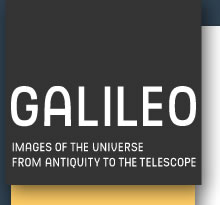


The Christian vision of the cosmos provided inspiration for several masterpieces of poetry and literature, for popular encyclopaedia and for many works of art, such as Sandro Botticelli's fresco showing St. Augustine absorbed in the study of mathematics and astronomy. Scenographic visions of the Christian cosmogony were also inspired by the Book of Genesis. Spectacular examples are offered by the fresco or mosaic cycles in such medieval religious buildings as St. Mark's Basilica in Venice and the baptistries in Padua and Florence, and by depictions of the universe as a sphere moved by angelic intelligences, as seen in the beautiful illuminated manuscripts and the splendid astronomical tapestry in Toledo Cathedral.
Medieval Christian authors' cosmological treatises suggest that the harmonious structure of the universe is the most eloquent proof of the Creator's infinite wisdom and power. Christian illuminated manuscripts from the Middle Ages depict mystical ascents into Heaven and show angels moving the heavenly vault. Other authors produced works that attempted to explain the structure of the heavenly vault in a simple and straightforward way.
Production of scientific instruments was limited, and of poor quality, throughout the Middle Ages. The Byzantine tradition and, later on, Islamic instruments were both influential in this field. Islamic astronomy was also an important focal point for the study and practice of astrology, prompting the realisation of figurative cycles, such as the intriguing astrological frescoes in Padua's Palazzo della Ragione, that had little to do with Christianity.